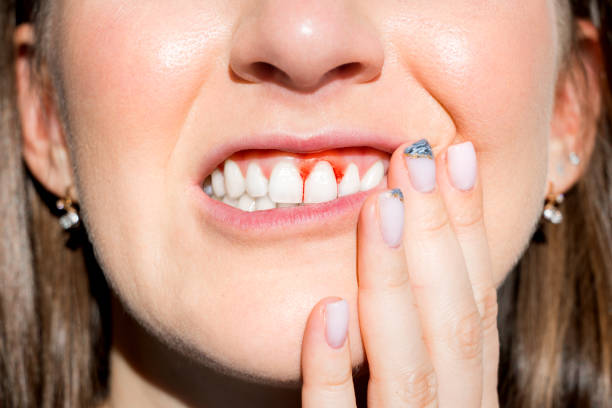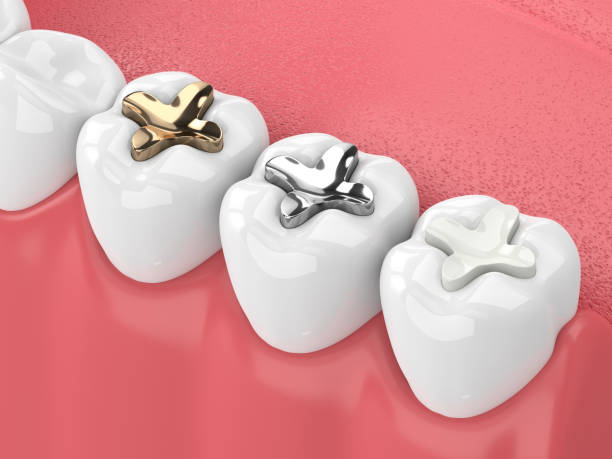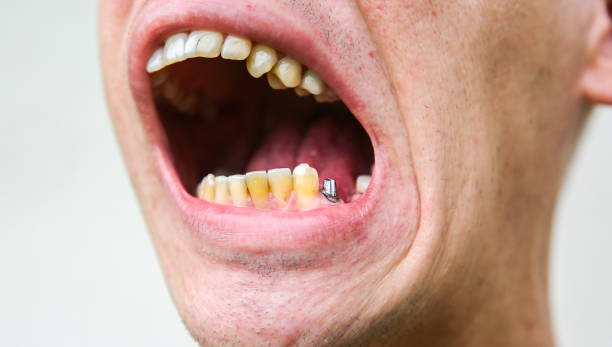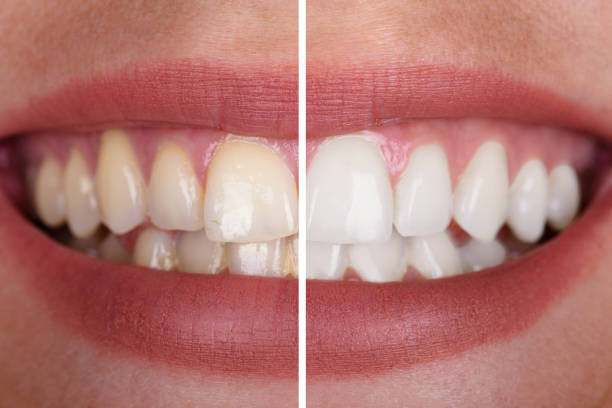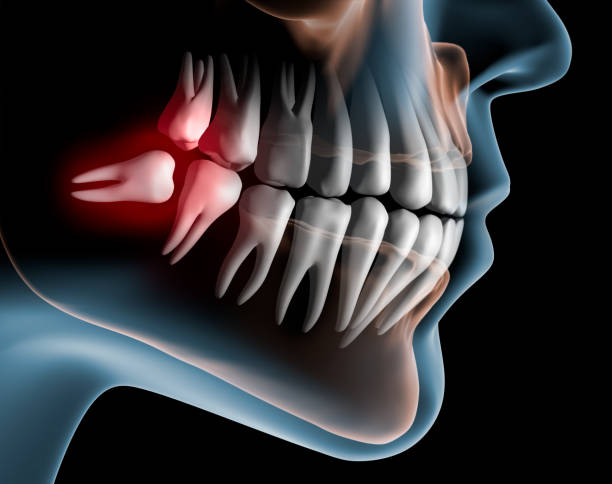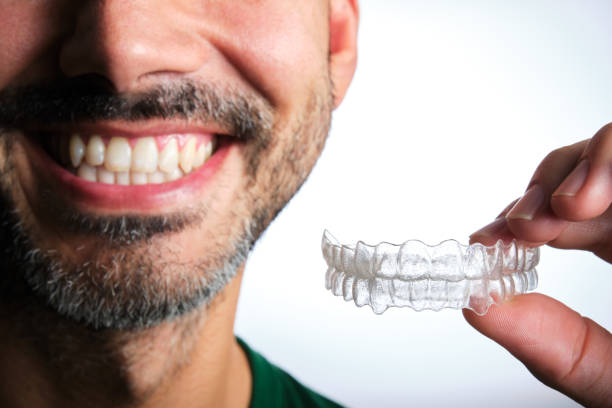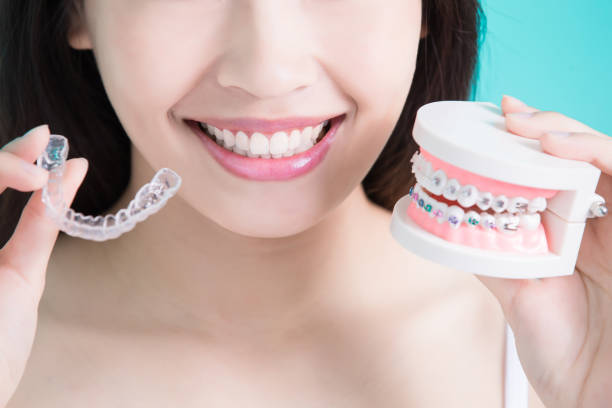What are teeth made of? You all utilize your teeth on a daily basis. In Ballwin, everyone has or has had them. They are essential to your day-to-day eating and living habits. We are all aware of the need of brushing and flossing our teeth twice a day and schedule routine dental visits. But what exactly are we taking care of?
Table of Contents
What Are Teeth Made of?
Enamel is the main substance that makes up a human tooth. Enamel is the yellowish hard shell that covers your teeth and is visible to the human eye. Because the enamel is so strong, teeth are less likely to break easily. Dentin, a softer material, lies beneath enamel. This serves as an outer covering for tooth pulp, which is an even softer substance. The most fragile component of the tooth is the pulp cavity, which houses the dental pulp.
What Is Tooth Enamel Made of?
Your teeth’s protective hard coating and sturdy outer shell are really formed of a variety of minerals, with hydroxyapatite serving as the main component. Tooth enamel is made up of a variety of minerals and other substances. Many of these minerals and elements are undoubtedly part of your daily life. Aluminum, copper, nickel, cobalt, iodine, lead, manganese, and selenium are all found in enamel. These combine to form the bony-looking hard shell. These substances’ primary job is to fortify the enamel and essentially help prevent damage to the pulp cavity and dentin.
Three Parts of The Human Tooth
There are three distinct components to a human tooth:
The crown is the part of the tooth that is visible. Almost two-thirds of the entire tooth structure is covered by it. In front of the gums is the crown (gingiva).
The tooth’s neck is the slender area between the crown and the root.
The root, which makes up one-third of the tooth, is firmly embedded in the bone that is supporting the tooth. In teeth that are healthy, this area of the tooth that is below the gum line is typically invisible.
Generally speaking, there are three biological sections within these three parts:
- Dental enamel. The toughest material in the human body is found in this, tooth’s hard outer coating. It serves as a tooth protector and is made of 96% of the mineral hydroxyapatite, a crystalline form of calcium phosphate. Water and organic matter make up the final 4% of the mixture. The enamel’s distinctive quiet/translucent appearance is due to this highly mineralized component.
- The dentine. This area of the tooth is a little softer than the sensitive root canal, which houses the nerve and blood supply. The hydroxyapatite mineral makes up 45 percent of the dentine, along with 33 percent organic matter and 22 percent water. The color of the dentine is slightly yellow because of the organic substance.
- The nerves and blood vessels. These are the tooth’s living tissues, which nourish the tooth and keep it alive. They also give your brain proprioception, which allows you to feel what is happening. The dental pulp holds the blood vessels in place. A periodontal ligament, a soft cushioning structure, holds the entire tooth in place.
Are Teeth Made of Bone?
No. The majority of the material that makes up bone is collagen, and it is a living, developing test you, as opposed to teeth, which are mostly composed of the mineral hydroxyapatite. Calcium phosphate is the mineral that offers this softer foundation more strength, while collagen is the protein that gives the bone its soft framework. Collagen and calcium work together to give bones their strength and flexibility.
Why Is It Important to Take Care of Teeth?
Because your tooth is composed of minerals, organic natural processes appear to take place. A harmful material called plaque has the potential to eat away at the enamel on your teeth. Pain and discomfort may result from this. You must protect your teeth from damaging bacteria if you want to ensure that they are healthy. Enamel can be protected by using ADA-approved mouthwash, flossing, and twice-daily brushing with ADA-approved toothpaste. We want to make sure that your enamel doesn’t come into contact with any dangerous germs or other elements that could cause it to erode.



